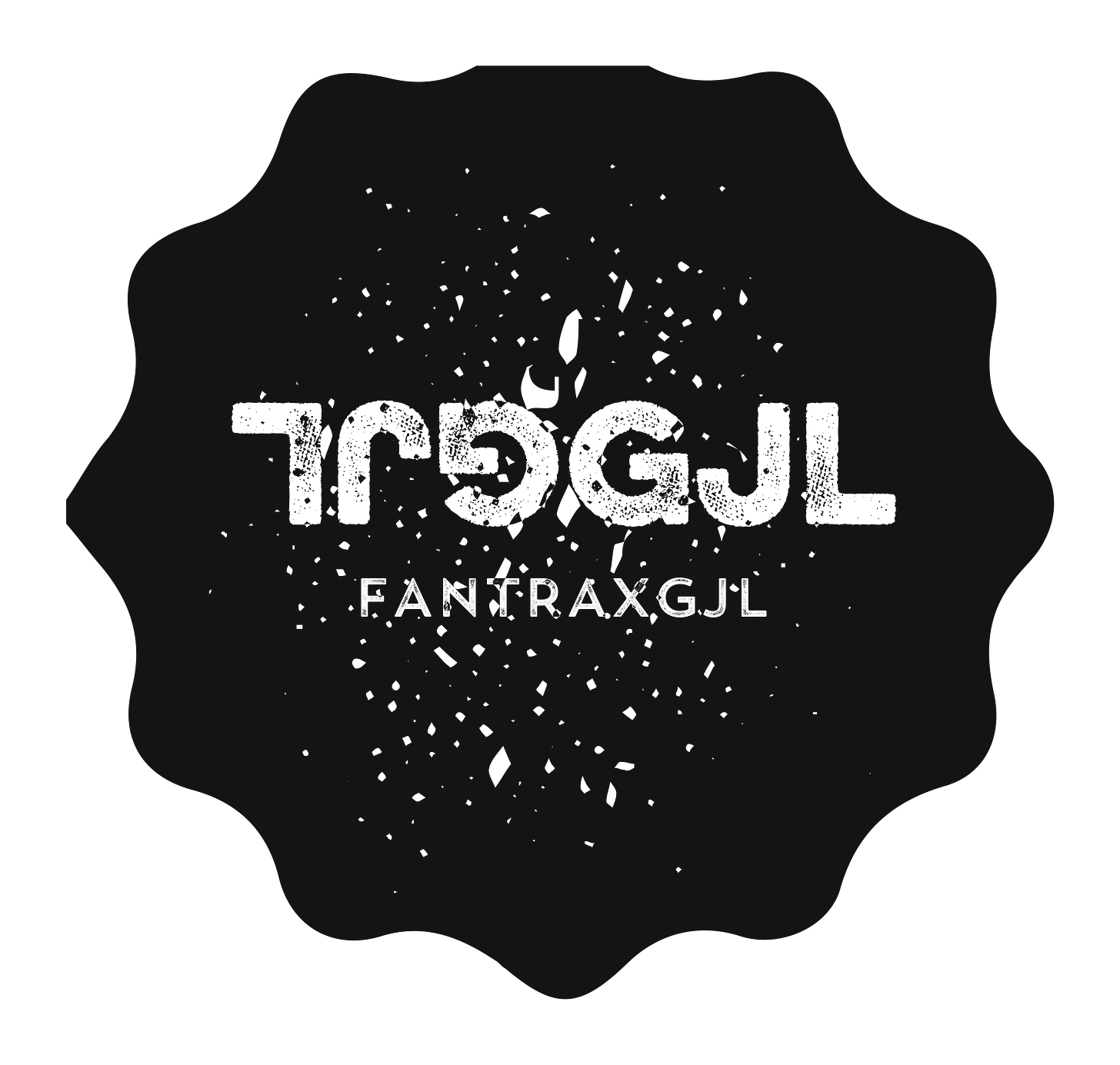The Premier League returns
Preseason means nothing.
We’re into the real thing now, and memories of victorious tours of far-flung destinations, or humbling defeats to rivals (why on Earth are Man United playing Liverpool in a pre-season game anyway?) have faded. And what’s left is the cold reality that GW1 has confirmed your club and drafted players’ fate for the next 37 World-Cup disturbed Gameweeks.
Except… it probably hasn’t.
Historically, GW1 is a mess from a player evaluation perspective, as summed up by this wonderful reminder from friend of the Newsletter and all round-guru of Fantrax @drafterthoughts:


But we can’t write off all of GW1, so I thought I’d scribble down some of the most interesting things that I think GW1 did tell us, and some of the potential Fantrax implications for clubs and players.
1. Mixed fortunes in Manchester, with some interesting tactics
The Premier League has a long history of managers arriving with strong tactical identities, only to find it takes a while for them to bed in. Erik Ten Haag seemingly has a clear structure to how he wants his team to play. They didn’t execute it particularly well on Sunday, against a Brighton team that were, as usual, well organised, creatively sound and executed a near perfect game-plan.
The excellent Double Pivot podcast prior to the season highlighted worries about whether United could function in the Ajax style, and their need for a defensive midfielder is at this point so obvious it’s not worth writing about, but I am going to choose to give the benefit of the doubt to ETH and talk about what was interesting in the way that he set up (not the Eriksen as a 9 bit, I imagine that’s well and truly out the window).
And the most interesting thing for me was the use of Scott McTominay. Or more specifically, the midfield role occupied on Sunday by Scott McTominay. It wasn’t great from one half of everyone’s favourite midfield pairing, but it was interesting. As clearly ETH had instructed McTominay to get forward often. Combine the limitations of the player in question with the total lack of an offensive focal point, and it went nowhere. But for Fantrax, this is a position to monitor. A player that could offer more real goal and passing threat, used in this same manner, could be valuable to roster. It’s been surprising that Donny van de Beek hasn’t yet been given a chance for United with ETH, and maybe that’s a sign that he isn’t the man for this role either. Watch for any incoming players that might play this same role. They could prove very valuable!
Casting an eye to the light blue side of Manchester and we’ve had our first indication that pairing a ridiculous passing creator like Kevin de Bruyne with a ridiculously quick, physical, effective finisher like Erling Haaland might just be good. I’ve been hesitant to promote Haaland as a Round 1 pick in the run up to draft season, purely because I don’t totally trust the minutes will be there compared to other options in Round 1. But if he continues like today, he isn’t going to be benchable.
But those two are not as interesting as the full back and wide player usage. Pep seems to have leaned back into his greatest hits catalogue on Sunday and played Cancelo and Walker in-field as hybrid CM players, with the team width very clearly being held by Grealish and Foden. This isn’t something to panic about, specifically, but it is notable, as this is a different model to last year where Cancelo rocketed himself towards Round 1 value playing as a more-traditional wide creator. It’s one to watch to see if it was specific to West Ham, or something that he persists with. Either way, Cancelo did return an OK points tally regardless, bolstered by the CS, so there’s no need for drafters to worry.
2. Something was off at Molineux
For a moment, it looked like it was all going to work. Pedro Neto picked up the ball on the left hand side, played a nice cross into the box for Hwang Hee-Chan who cushioned it down with his head to Daniel Podence who contorted himself to react to an awkward bounce and the ball crashed in off the cross-bar.
How many seasons have we been drafting some variation of the Wolves front-3 and waiting for the brakes to come off and the potential to realize? And I can’t really criticize the trio for their output. Podence with 18.5, Hwang with 15.5 and Neto with 14 points is a good haul.
But the issue was elsewhere for Wolves. Switching to the four defender formation and adding an extra midfielder somehow seemed to leave them light in the important areas of the pitch, and Leeds (who seemed rejuvenated by their new signings and the return of oft-derided, but undeniably effective, Patrick Bamford) were able to play through with ease at times.
Week 1 is a horrible time to be trying to assess relative strengths of teams. It might be that Leeds are going to kick on with their new signings and a full pre-season under Jesse Marsch. But in reality, it’s more likely that this was a big game for two teams who will be striving to finish in the upper reaches of the bottom half of the table.
Last seasons’ xG hero (and it shouldn’t be taken for granted just how good a year he did have) Jose Sa had a rough day, which he’ll undoubtedly bounce back from, but Wolves cannot go into this season expecting him to bail them out as often as he did last year. So although I have Podence and Neto in my home-league, I can’t imagine Bruno Lage is going to allow them to be this open too many more times, and I suspect we may see the typical pattern of Wolves putting defensive solidity back into the team by taking some of the freedom in attack out.
I really hope that I’m proven wrong!
3. What to make of Chelsea’s new Sterling-led attack
Let’s get the headline out of the way first: Raheem Sterling didn’t single-handedly elevate Chelsea’s attack into Man City 2.0. He played pretty well, was threatening at times, and could’ve won a penalty in what has proven to be a pretty-memeable incident. But, against an Everton side that played compact and competent defensive football, it wasn’t easy for Raheem, Mason Mount or Kai Havertz to get themselves the time and space to threaten. The game was frankly pretty dull.
What we do need to account for, though, is that both Ben Chilwell and Reece James were a bit sluggish (excuse the technical term). That’s entirely expected from players this early in the season, especially returning from an injury like the one Chilwell suffered. But don’t underestimate how much of Chelsea’s gameplan revolves around the width and threat that these two roles create. Marc Cucurella was introduced in the second half and looked notably more spry than either of the wing backs who had played the first half, and in fact with one deep foray, we saw how Sterling at Chelsea is meant to work:
Here Sterling has dropped into space to receive the ball from Jorginho.
Receiving it on the turn, he drags out one of Everton’s CBs and we can see that Patterson is defending narrow in the box.
Sterling spots the space behind Patterson and plays the ball there for Cucurella to receive. Note that Sterling has now spun away from his marker and is drifting behind the centre back covering the other attacking run. He’s effectively free in the box at this point.
Cucurella plays an early cross into that space, and only the quick thinking of Mykolenko to get across and make a block prevents what would likely be a goal for the Chelsea man.
This was a performance with Chelsea stripped of their main attacking progression plan for much of the game, and facing up against a well organised Everton side. But what I saw certainly was reason for optimism for Raheem Sterling being a very good acquisition for Chelsea and for those who drafted him. 4.5 points does not tell the full story of this debut for me and better days are ahead.
Assorted other thoughts:
Crystal Palace started slowly under what was a very impressive Arsenal barrage in the first 30 minutes of the season-opener. But they grew into the game and put Arsenal under some real pressure. They had one of the most-disrupted pre-seasons possible and are still missing Michael Olise, so extra reason to cut them a little slack. Vieira was not a managerial appointment that I thought much of at the time. It seems he’s going to prove me very wrong. Joachim Anderson trying to invent the centre-back quarterback hybrid position in 2022 was an interesting quirk and it’ll be fun to see if that continues.
There are a number of clubs short a defensive midfielder (in the article above I talk about two of them - United and Chelsea) so, it was really notable that debuts from Cheick Doucoure and Romeo Lavia, as well as new partnerships like Mac Allister and Moises Caicedo were showing that clubs with good scouting networks are finding talent in these positions that can clearly cut it at the Premier League level. The former two probably have very little Fantrax value, but the Brighton duo looked good on the pitch and on the stat sheets.
Alongside Haaland, I faded Nunez in most drafts. I don’t trust new signings. But the second half of the Fulham Liverpool match suggests that Nunez is also out to test that theory. Fulham played well and I’m glad they got their draw, but really Liverpool probably would’ve done enough most days to scrape the win, and Nunez’s introduction was a big part of it. Also Harvey Elliott opportunity knocks, with Thiago unfortunately leaving injured.
Aston Villa didn’t seem to turn up. I’ll give them a mulligan here and assume they just got caught out, but that was not a great start from Stevie G’s lads. Marcus Tavernier was probably the main story on the Bournemouth side, before he exited with an injury. One to keep an eye on, but probably not worth FAAB budget yet.
Rough start for Nottingham Forest, whose entire team outfielder points totals (20.5) were below that of Joelinton (26) on the opposite side. Occasion and emotion can be a big thing. But things don’t get any easier for them, with a match against West Ham next weekend. I wouldn’t confidently start my Forest players just yet.
That’s all for now. Let me know things that you found interesting on Twitter, or in the comments section. And good luck for GW2!













